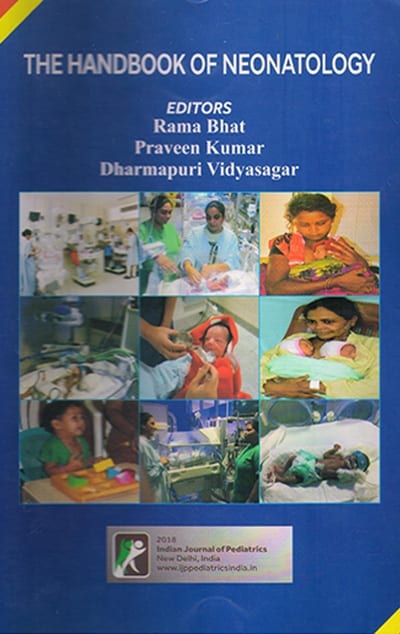
Firstly we evaluate the diagnostic utility of nCD64 as an early marker for early-onset sepsis in preterm neonates and elucidate the pattern of nCD64 expression during bacterial infection. We hypothesized upregulation of nCD64 occurs in sepsis of preterm neonates. However, the expression of nCD64 has not been investigated extensively in preterm neonates with sepsis. Advances in flow cytometric technology have made it possible to quantitate nCD64 rapidly for neonates with precision and minimal blood volumes. This upregulated expression is stimulated by inflammatory cytokines during infection, and occurs in a graded manner dependent on the intensity of the cytokine stimulus, and nCD64 expression is stable for more than 24 hours. Upregulation of CD64 on neutrophils (nCD64) is thought to be a very early step of host’s immune response to bacterial infection, increasing approximately one hour after invasion. CD64, the high affinity Fc receptor, is normally expressed by monocytes and only weakly on resting neutrophils. Therefore, the need persists for improved diagnostic indicators of neonatal sepsis.Ī number of cell surface antigens have been used as diagnostic markers of neonatal sepsis. However, the reported sensitivity and specificity for this marker ranges widely, which make it less than ideal. Recently, CRP has been used to increase diagnostic sensitivity and specificity. The readily achievable complete blood count and leukocyte differential assays have relatively poor specificity for diagnosis of sepsis. The limits of cytokines for early diagnosis of sepsis are the time required for the test to become positive, the amount of blood required, and the cost involved. Despite the fact that a majority of cytokine markers have good sensitivity and good specificity, these cytokines have not been adopted for general diagnosis of neonatal sepsis.

C-reaction protein (CRP), hematologic parameters, and cytokines have been used to identify accurately neonates with sepsis. Īttempts have been made to seek an ideal early marker of neonatal sepsis. The problem of unnecessary exposure to antibiotics in this vulnerable population remains, and promotes emergence of drug-resistant strains and the potential for poor outcomes. Due to this delay and uncertainty, broad-spectrum antibiotics are administrated to all suspect neonates. However, confirmation of positive cultures requires days, and the sensitivity of the culture method is frequently low. Isolation of bacteria from a central body fluid (usually blood) remains the gold standard for definitive diagnosis. Įarly diagnosis of neonatal sepsis is the mandatory prerequisite for timely treatment. Clinical symptoms of neonatal sepsis are subtle, late and nonspecific, particularly in preterm neonates, in whom the onset of sepsis may be acute and clinical course can quickly deteriorate.

Even late-preterm neonates have a fourfold higher risk of sepsis than term neonates. Prematurity predisposes to sepsis, given their immature immune system and the added contribution of a variety of risk factors.

Sepsis in neonates is a global problem and is a significant cause of neonatal mortality.


 0 kommentar(er)
0 kommentar(er)
